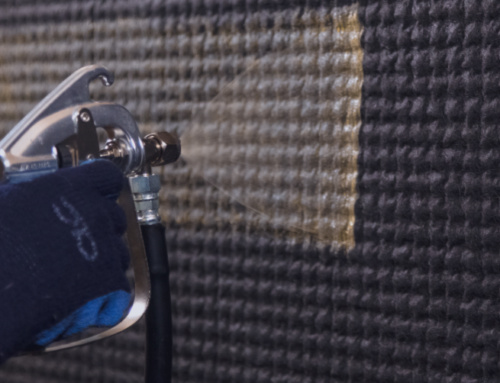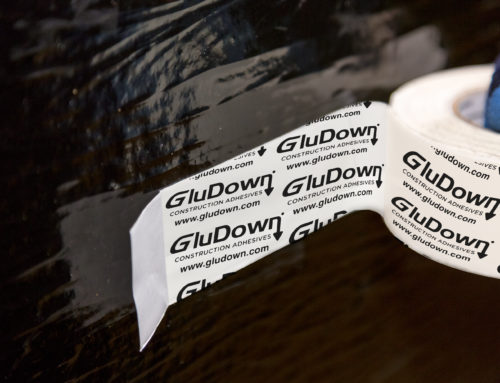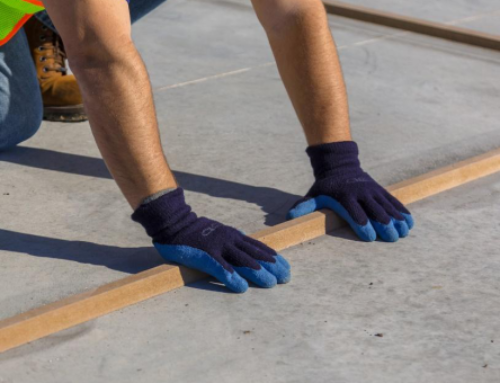Most commercial buildings have a variety of below-grade spaces, sometimes on multiple underground levels. These can include offices, mechanical/electrical rooms, parking areas, storage rooms, crawl spaces, tunnels and vaults.
Commercial below-grade water and frost protection is a critical concern that’s often overlooked or poorly handled. Once construction is finished and landscaping is in place, going back to repair a damaged barrier can be very costly, if not impossible.
Therefore, in the planning stages, it’s wise not to get hung up on initial cost considerations and instead, look at the overall life-cycle costs of the options available, as well as potential repair costs if necessary later on.
The goals of this process are:
- Improving comfort in below-grade areas
- Reducing condensation on interior foundation walls
- Protecting concrete walls from freeze-thaw cycling
Positive-side waterproofing membranes come in several materials and forms including fluid-applied, sheet-membrane, Bentonite clay and cementitious. Often a protective layer such as barrier board, dimple/irrigation board or insulating board is then installed over the membrane material.
This is the stage when the method used to affix the board becomes critical. In fact, the optimum choice in selecting the correct waterproofing material can be negated by damage inflicted during construction.
If the construction crew is not careful, nails or screws can easily penetrate or damage materials like barrier board and dimple/irrigation board. When a crew is working quickly, all too often screws or nails are driven right through the material and into the concrete. This creates a breach and defeats the purpose of investing in the water or frost proofing in the first place.
Using nails can also be a time consuming and labor intensive process that requires expensive tools which must be properly maintained. It can mean not only increased cost, but fatigue and potential strain for workers. Adhesive, on the other hand, is quick and easy to use with no need for power equipment.
Here are some characteristics to expect in an adhesive to be used below-grade with these kinds of materials:
- No attack or cavitation of the material
- Ease of application
- Quick tack and curing
- High bond strength
- Bonding with a range of materials
- Water and heat resistance
The last thing a developer or tenant wants is moisture and cold penetrating underground areas where people work or where sensitive equipment is housed. Learn more about how GluDown® Construction Adhesives can help ensure the results you expect.





